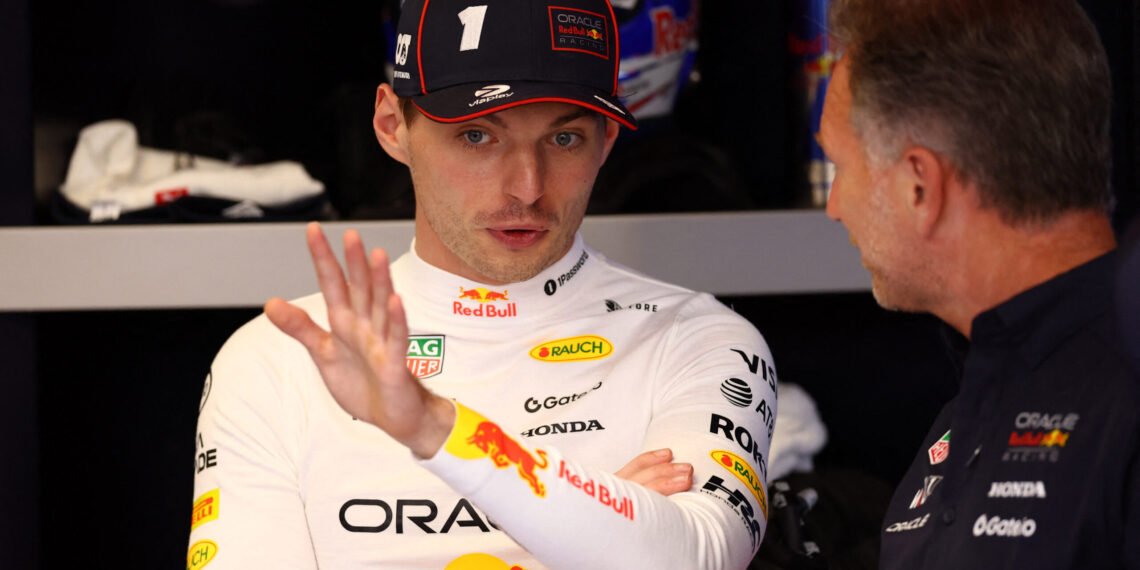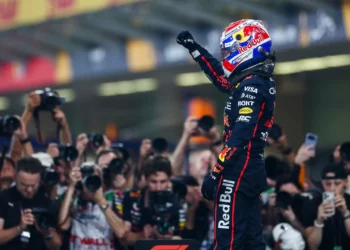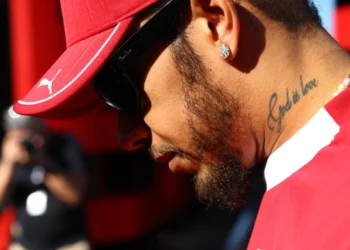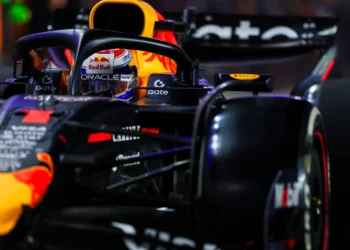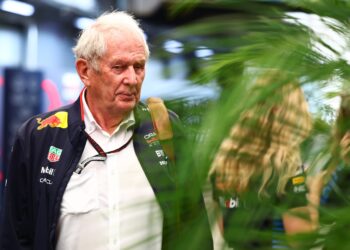Formula 1’s upcoming seasons promise a whirlwind of excitement and controversy as new venues prepare to join the already jam-packed calendar. The power play of announcing future schedules early has become a norm, showcasing a facade of stability and harmony among stakeholders but leaving fans overwhelmed with the influx of new races.
The aggressive expansion of the F1 calendar, a legacy of the Ecclestone era, now sees the 2026 calendar in the spotlight. Imola bows out to make way for Madrid, with Zandvoort following suit soon after. But the looming question remains – where will the new contenders fit in?
Among the frontrunners for a spot on the prestigious F1 calendar are Thailand, Rwanda, and Saudi Arabia’s Qiddiya Speed Park. Thailand, with its long-standing street circuit project in Bangkok, could see a debut in 2028. Rwanda, backed by FIA ties and a vision for a circuit near Bugesera International Airport, aims to make a mark on the African racing scene by 2028. Meanwhile, Saudi Arabia’s ambitious Qiddiya Speed Park, set to host not only races but also entertainment spaces, eyes a 2027 completion.
The strategic placement of these new venues poses a logistical challenge for F1, with a consensus limiting the races to 24 per season. The triple-header phenomenon, despised by many in the sport, adds to the complexity of scheduling. With Zandvoort’s exit creating a vacancy, Qiddiya Speed Park could potentially slide into the calendar towards the season’s end, near Qatar and Abu Dhabi.
As the chessboard of F1 venues evolves, established circuits like Spa-Francorchamps, Azerbaijan, and Barcelona face uncertain futures. Rotation deals, profit considerations, and contractual obligations shape the destiny of races like the Spanish Grand Prix and the Circuit of The Americas. Las Vegas, on the other hand, grapples with disappointing reception and waning interest, hinting at a possible departure from the F1 circuit.
The ever-changing landscape of Formula 1’s calendar promises intrigue, drama, and high stakes as new contenders vie for a coveted spot while traditional venues fight to retain their place under the relentless scrutiny of the racing world.

